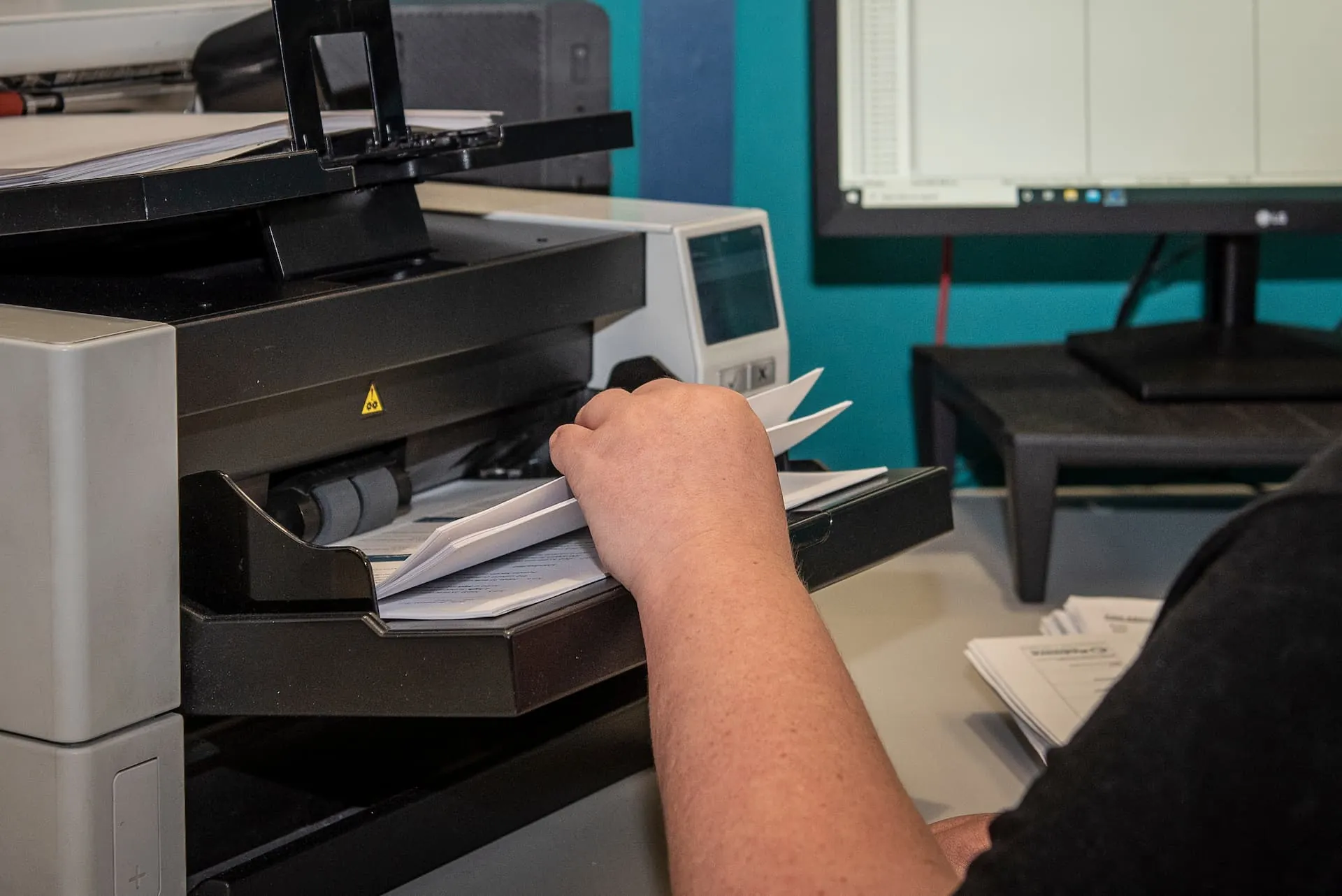Understanding the differences between LCD and OLED screens is essential for proficient phone repair, as these technologies have a significant impact on screen function and potential issues. LCD (Liquid Crystal Display) screens rely on a backlight, while OLED (Organic Light Emitting Diode) screens generate their own light, offering deeper blacks and better contrast. For technicians, being able to distinguish between the two allows for more accurate diagnoses and efficient repair solutions.
This knowledge not only improves repair quality but also streamlines the process, saving time and resources. By enhancing customer satisfaction through informed repairs, technicians can further expand their expertise beyond screen replacements, gaining deeper insights into overall smartphone mechanics.
Key Takeaways
- LCD and OLED screens have distinct issues like pixelation and burn-in, crucial for accurate diagnosis.
- Understanding differences in backlighting and pixel illumination is essential for effective repair strategies.
- Proper tools and handling prevent further damage to delicate LCD and OLED components during repairs.
- Lifespan disparities exist; OLED screens have shorter lifespans due to organic compounds.
- Accurate diagnosis, following guidelines, and quality replacement parts are vital for successful screen repairs.
The Basics of LCD Screens
LCD screens, short for Liquid Crystal Display screens, are a common type of display technology used in electronic devices. These screens work by manipulating light through liquid crystals controlled by electric currents.
Each pixel on the screen is divided into sub-pixels that combine to create the full spectrum of colors visible to the human eye. LCD screens are known for their energy efficiency and ability to display sharp images.

Exploring OLED Technology
OLED, or Organic Light-Emitting Diode, technology represents a significant advancement in display technology compared to traditional LCD screens.
In OLED screens, each pixel generates its light, allowing for deeper blacks, higher contrast ratios, and faster response times. This technology offers improved energy efficiency and flexibility, enabling thinner and more vibrant displays in mobile devices.
Understanding OLED technology is essential for effective phone repair and troubleshooting.
Key Differences Between LCD and OLED
When comparing LCD and OLED screens in phone repair, it is important to understand their fundamental differences in technology and performance. LCD screens use a backlight to illuminate pixels, while OLED screens have individual pixels that emit their light.
This results in deeper blacks and better contrast on OLED screens. Additionally, OLED screens tend to have more vibrant colors and wider viewing angles compared to LCD screens.
Common Phone Issues: LCD Vs. OLED
A comparative analysis of common phone issues encountered with LCD and OLED screens reveals distinct patterns in display malfunctions. LCD screens commonly face pixelation problems, backlight issues, and screen burn-in.
On the other hand, OLED screens are prone to screen burn-in, color shifts, and shorter lifespans due to organic compounds. Understanding these differences is essential for effective phone screen repairs and ensuring customer satisfaction with the repair outcome.
Tips for Effective Phone Screen Repairs
Effective phone screen repairs demand a thorough understanding of the unique characteristics and vulnerabilities of LCD and OLED screens to guarantee accurate diagnosis and precise solutions.
When conducting repairs, make sure proper tools are used to prevent damage to delicate components. Take care when handling screens to avoid further breakage or malfunctions.
Following manufacturer guidelines and obtaining quality replacement parts are essential for successful repairs.
Frequently Asked Questions
Are LCD Screens More Prone to Screen Burn-In Compared to OLED Screens?
LCD screens are less prone to screen burn-in compared to OLED screens. This is because LCDs use a backlight that uniformly illuminates the screen, while OLEDs rely on individual pixels that can degrade unevenly over time, leading to burn-in.
How Do I Know if My Phone Has an LCD or OLED Screen?
To determine if your phone has an LCD or OLED screen, check manufacturer specifications, conduct a visual inspection for characteristics like black levels and color vibrancy, or use diagnostic apps that provide display information.
Can I Swap an LCD Screen With an OLED Screen During a Repair?
Swapping an LCD screen with an OLED screen during a repair is not recommended due to differences in technology and compatibility. LCD and OLED screens have distinct features and requirements that are not interchangeable, impacting performance and functionality.
Do OLED Screens Consume More Battery Power Than LCD Screens?
OLED screens typically consume less battery power compared to LCD screens due to their ability to individually control pixels and produce true blacks. This efficiency results in improved battery life, making OLED displays a preferred choice for many smartphone users.
What Are the Implications of Water Damage on LCD and OLED Screens?
Water damage can severely impact LCD and OLED screens in phones. It can lead to display malfunctions, discoloration, and even complete screen failure. Water ingress can corrode internal components, causing irreversible damage and necessitating screen replacements for best device performance.
Conclusion
To sum up, grasping the distinctions between LCD and OLED screens is vital for efficient phone repair. By identifying the distinct traits and weaknesses of each technology, technicians can diagnose and resolve issues accurately. Being mindful of typical issues like pixelation in LCD screens and screen burn-in in OLED screens empowers repair experts to offer accurate solutions and guarantee successful repairs for their customers. It is important to stay informed and knowledgeable in order to deliver top-notch phone repair services.
You May Also Love to Read: Advantages of Integrating Futuristic Concepts





